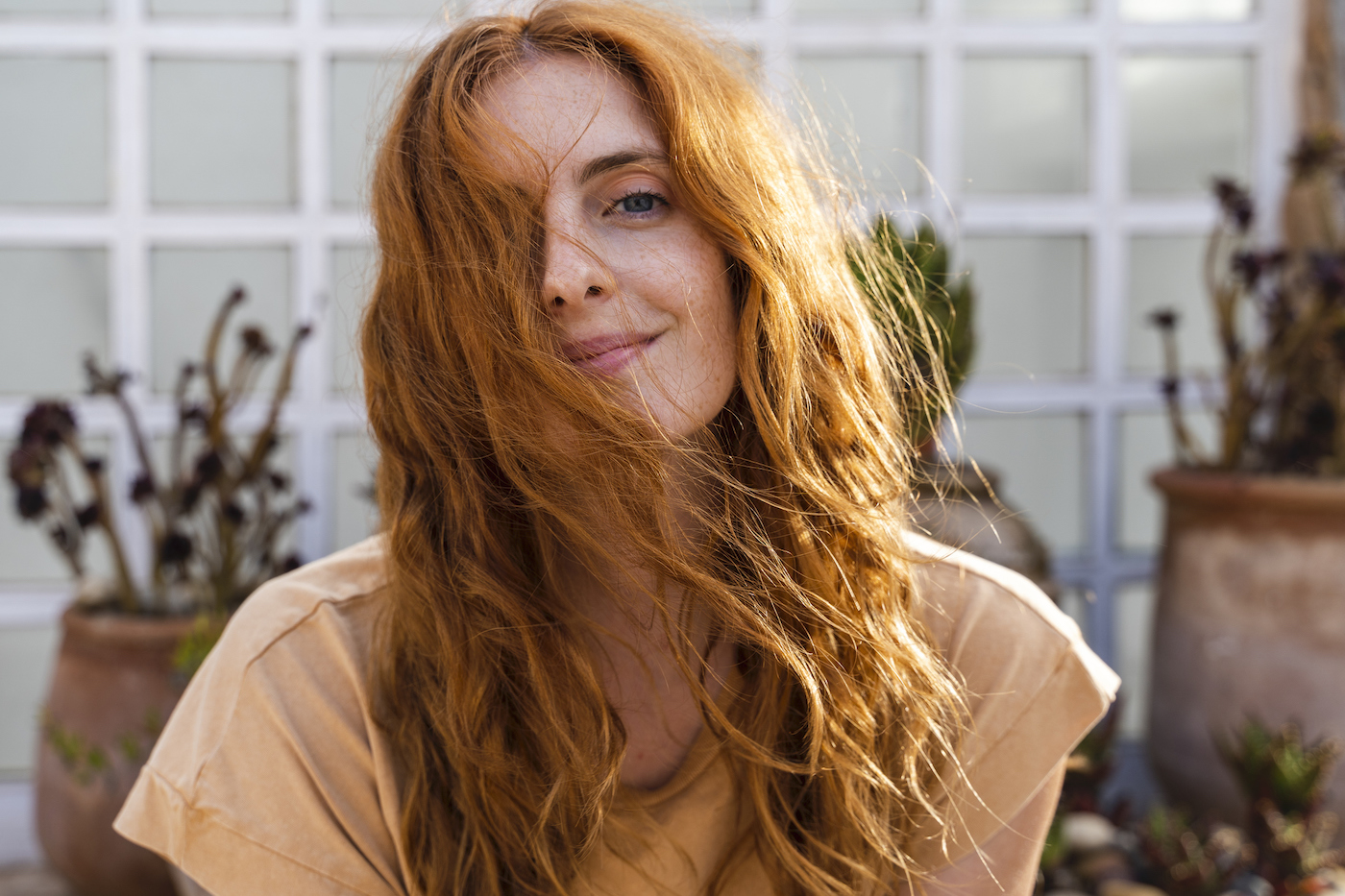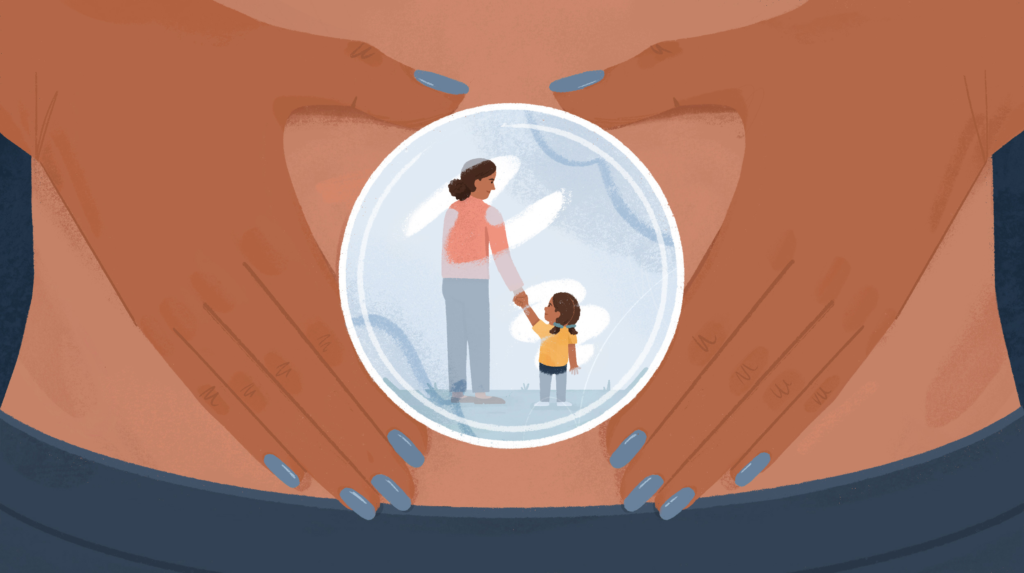
January 29, 2020 at 01:00AM by CWC
There are two types of people in this world: The ones who can get away with only washing their hair once a week, and the ones who are in the shower, scrubbing the oil away every 24 hours. If you’re someone who falls into the latter category, you know that dealing with greasy roots is zero fun. Sure, dry shampoo can help to mitigate the sitch until you can make it to the shower, but there’s no real fix other than bringing on the bubbly (shampoo, that is) and giving your noggin a good scrub down.
However, some hair pros say that there are things you can do to stave off the oil, and push your hairstyle a day or two before having to completely wash it again (for one: take a look at this guide to know how often to wash your hair by your hair type). Keep on scrolling for the top tips from pros to keep you from having to devote a full hour to the wash-and-go each day.
1. Find the right hair-washing schedule
It may sound obvious, but washing your hair is key to getting rid of oiliness. The trick, though, is not to under wash or over wash because both can wind up making your hair greasy (I know, I know… sorry). “Over washing your hair will cause your scalp to produce more sebum, while a lack of washing will cause build up and greasiness,” says Michael Sparks, hairstylist and co-owner of Tabb & Sparks Salon in Los Angeles. While the products that you layer onto your hair can contribute to this, so too, can environmental factors like pollution and sweat that builds up over the course of the day.
ADVERTISEMENT
ADVERTISEMENTKate Spade Autumn/Winter Sale |
Because everyone’s hair is different, there is no one-size-fits-all hair-washing schedule. It may require some experimentation to determine what frequency works for your hair and minimizes, or better yet, eliminates the greasiness. Celeb hairstylist Laura Polko says your ideal routine will come down to your hair type. “If you have fine, color-treated hair, you’d wash it more often,” she says. “With thicker hair, you can stretch it out.” If you’re not sure what your hair type is, ask your stylist the next time you’re in the salon.
2. Don’t over condition
There’s nothing like the silky, smooth feeling that conditioner gives to hair, but going overboard with it may also contribute to the oil production, since the formulas are often spiked with oil-based ingredients. “Too much conditioner, especially when hair is not washed out properly, can cause hair to get greasier,” says Polko. “The less hair and the healthier it is, the less conditioner is needed. The damaged hair is, the more conditioner it requires.” Start with a quarter-sized dollop and add from there depending on your needs.
3. Apply conditioner to only the ends of your hair
Another thing to note about conditioner is where you’re applying it. “Conditioner is meant for the ends of hair,” Polko says. “The ends are what need softening and replenishing.” Think about it: The hair at your roots is fresh and new (not to mention it’s connected to the scalp, which has a built-in conditioning system through your oil-producing sebaceous glands). The tips of hair have been washed and styled more than any other part of the hair, and they often get the least oil from the scalp, which means that they need extra attention.
4. Use the correct formulas
Not all hair product formulas will work for everyone’s hair. “When a product isn’t the right fit, this can cause your hair to become extra oily throughout the day and damage the style you spent all morning perfecting,” says Polko. This happens because often products will have oils lurking in their formulas that weigh down hair. Even if you just apply product at the tips, if you play with your hair and then touch your scalp, you’ll distribute this heavy oil to the top of hair. To find the right product for you, take a look at the bottle. Many brands are now descriptive about the hair types that a products is best for, and this can help save you from buying bottle after bottle to find the right match for your hair type.
5. Clean your hair brushes once a week
Like makeup brushes, hair brushes, too, can get pretty gross after using them for awhile. Therefore, they need to be regularly cleaned, at least once a week. “You’re not always brushing only clean hair,” Sparks says. “When you brush dirty or oily hair, your hair brush will pick up a lot of that residue, oil, and overall yuckiness and transfer it onto your clean hair.” Make sure to remove hair from your brush and give it a good wipe down with a wet washcloth a few times a week to prevent this from happening.
6. Use a clarifying shampoo once a week to get rid of residue
Although your daily shampoo will get the job done on a day-to-day basis, hair products and pollution from the environment is bound to build up in your hair. That’s why Sparks recommends washing once a week using a clarifying shampoo for a deep clean. “A clarifying shampoo is specially designed to remove all residue without completely stripping your hair of its natural oils,” he says.
7. Shampoo properly
Lather, rinse, repeat. That’s how we’ve been taught to wash our hair, right? Well, proper shampooing, Sparks says, also requires another key step: massaging and scrubbing the entire scalp. Standing underneath the shower head alone (although it feels amazing) won’t cut it. In order to keep your scalp and hair happy, healthy, and oil-free, you really have to get your hands in there and give your scalp some love. Plan on spending at least a minimum of a minute working to dislodge gunk from your scalp. Some pros even recommend a double shampoo in which you scrub your scalp, rinse, then do it again. This helps to make sure hair is thoroughly clean, which can keep you from needing to hop in the shower the following day.
8. Reach for the dry shampoo
Lastly, if you need a quick oily hair fix, dry shampoo is there for you . “I recommend picking a dry shampoo that has charcoal in it,” Sparks says. “It will suck up all the excess oil making your hair look like you just washed it.”
With that in mind, remember dry shampoo is a temporary solution, not a long-term strategy for getting rid of oiliness. “A little dry shampoo is fine, but using it for days can clog the scalp,” Polko says. So, although it’ll do in a pinch, make sure you’re still washing your hair regularly and implementing all the other tips, too, to really ditch the oil for good.
If you’re in the market for a new shampoo, this $12 buy from Target is one of the chicest around and this is how often to suds up based on your hair type.
Author Jessica Estrada | Well and Good
Selected by CWC

ADVERTISEMENT
ADVERTISEMENTUp to 30% off Gift Sets |







